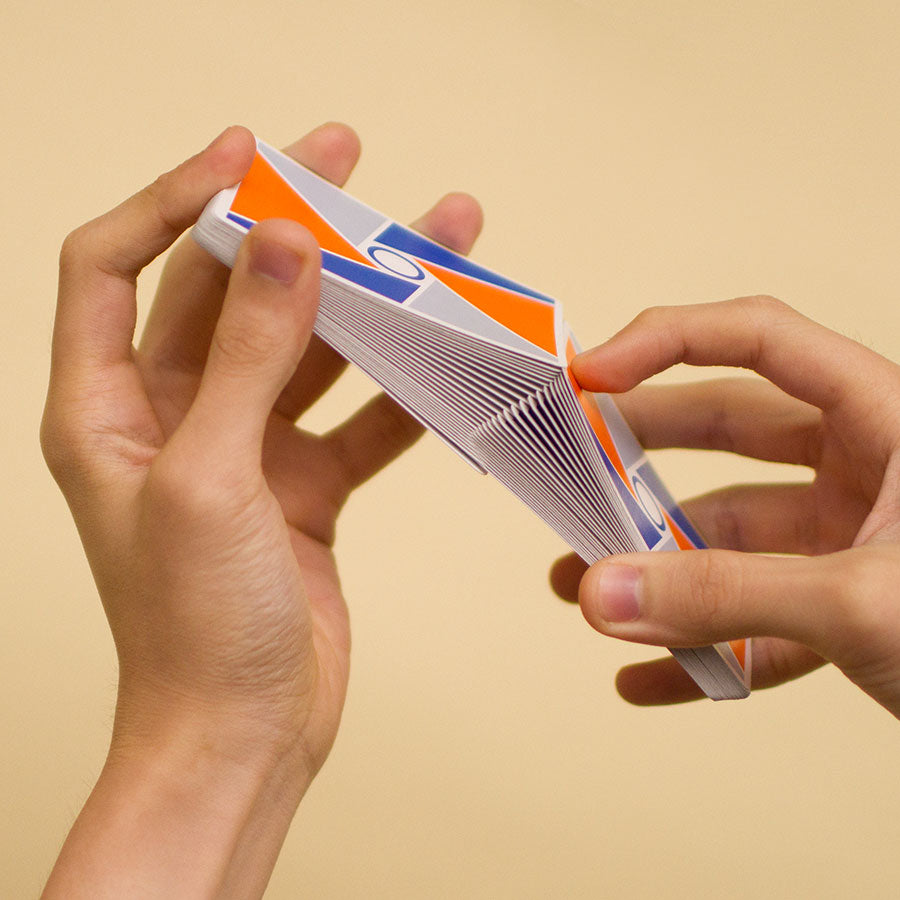The last time I made a post on this forum, it was about the riffle shuffle. Surprisingly, after the post, things kind of worked themselves out. The theory11 community came to my aid and offered lots of good moral and technical advise, all of which ultimately helped me learn how to do the move, even though I still can't do it without a surface.
Now here I am, trying to figure out the Faro Shuffle, which is significantly harder based off of what I've seen. It isn't so difficult doing the latter part, where the weave has to be curved with my right hand alone, with the left hand acting as the surface on which it ultimately cascades. But the former part, creating the weave itself, is a gigantic pain in the ass!
For the record, I have a standard bicycle deck, the same as my profile picture. I do not know how the cards were cut at the edges while manufacturing, but I've heard it matters, and you should try to angle the insertion based off of how they're cut. So I'm a little clueless here.
So, what should someone like me do to figure out how to get the shuffle?
Now here I am, trying to figure out the Faro Shuffle, which is significantly harder based off of what I've seen. It isn't so difficult doing the latter part, where the weave has to be curved with my right hand alone, with the left hand acting as the surface on which it ultimately cascades. But the former part, creating the weave itself, is a gigantic pain in the ass!
For the record, I have a standard bicycle deck, the same as my profile picture. I do not know how the cards were cut at the edges while manufacturing, but I've heard it matters, and you should try to angle the insertion based off of how they're cut. So I'm a little clueless here.
So, what should someone like me do to figure out how to get the shuffle?
